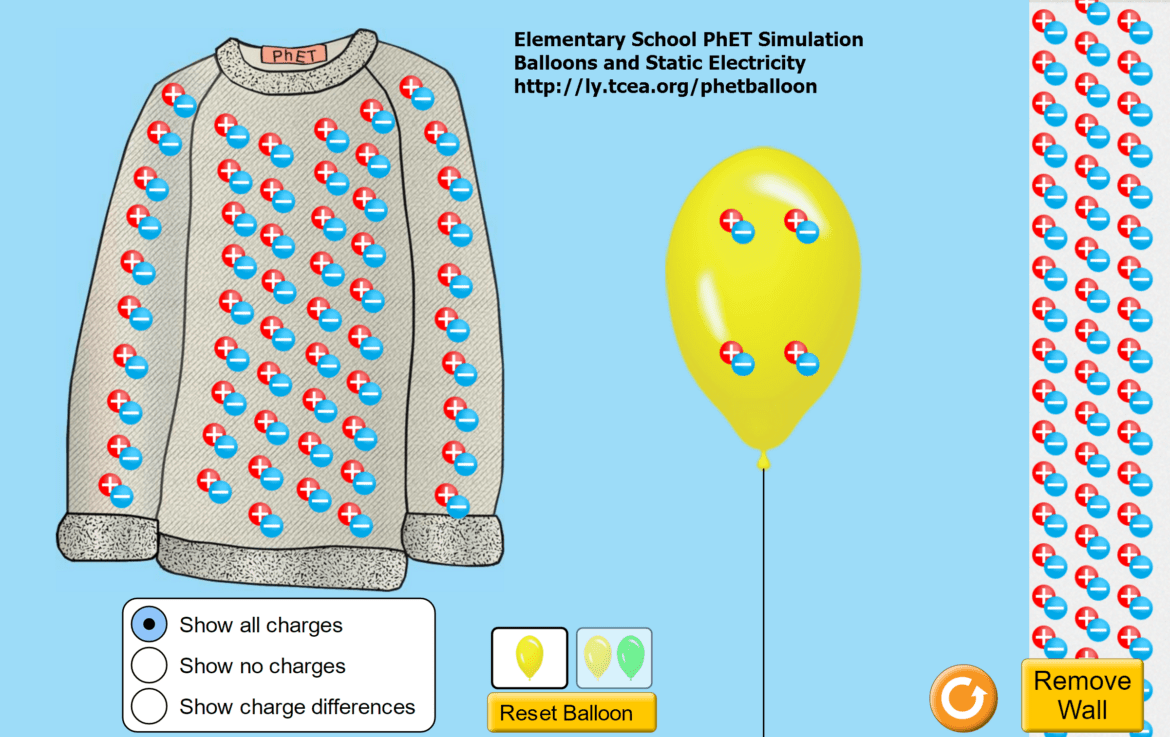Need to model complex math and science concepts for your students? Use any of the 130 award-winning PhET math and science interactive simulations. Available for grades three through adult learners, these are open educational resources (OERs), which means they are free to use. Each simulation will work on any device, making it perfect for 1:1 and BYOD classrooms, as well as those with only teacher projection.
Explore Simulations
Each PhET lesson (e.g. Balloons and Static Electricity simulation) comes replete with resources. Included are a video primer, lesson ideas, and teacher-submitted activities. Watch this video for an overview. A main goal of PhET is to assist students in becoming scientists. As learner-in-chief in their classroom, teachers ask questions (combine them with Quizziz or Kahoot for quick assessment) to highlight key concepts and spur deeper inquiry.
Measure Learning with Your Favorite Learning Management System (LMS)
Combine PhET and the Learning Management System (LMS) of choice to further support student learning. This can help students see what factors affect friction. Students can then respond to multiple choice questions or elaborate in short answer form.
Did you know? You can learn how to blend technology into instruction. Schedule an online or face-to-face professional learning session with TCEA’s Certified professional learning team.
Support Open Inquiry
Another approach involves using a student-centered strategy called POGIL (Process Oriented Guided Inquiry Learning). Students work in small groups with individual roles or in cooperative learning groups if the learning needs to be scaffolded. POGIL activities focus on core concepts. They encourage a deep understanding of course material and develop higher-order thinking skills. Find out more | See it in Action
Engage in Video-Based Reflection
Deepen reflective interactions focused on a simulation with video. Use Flipgrid to pose video questions about a simulation’s key concepts. Students respond via their mobile device’s built-in video camera.
Conclusion
These approaches and technologies are so easy, you can get going quickly. Select your interactive simulation and scaffold the inquiry with POGIL. Then, assess learning with retrieval practice tools (like Quizizz/Kahoot), and Flipgrid. Your students will be thrilled you made the effort!

